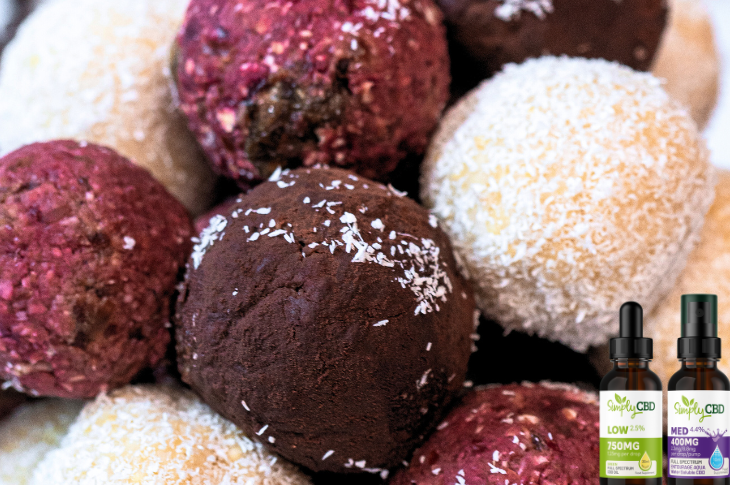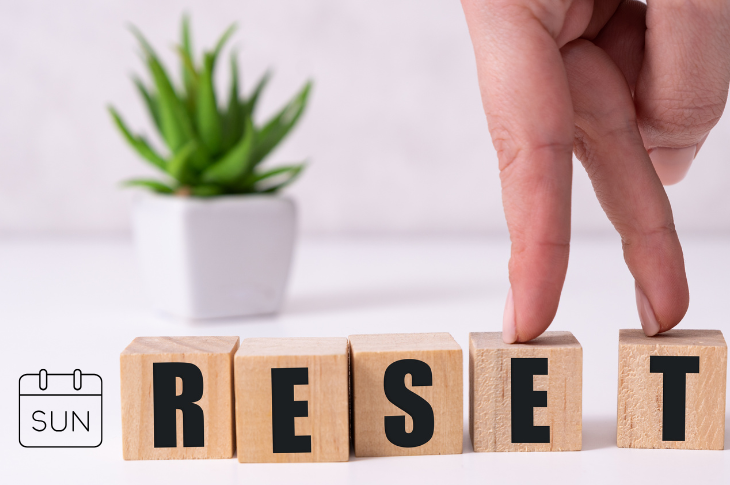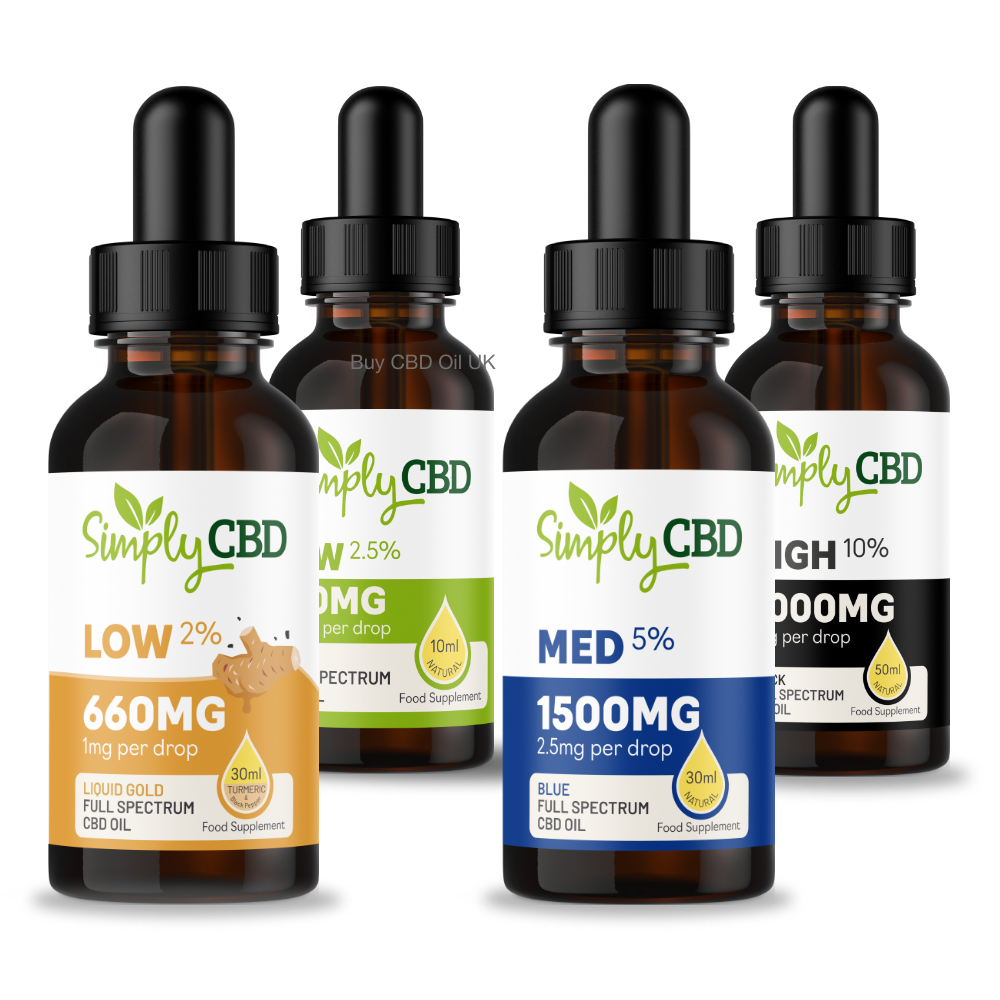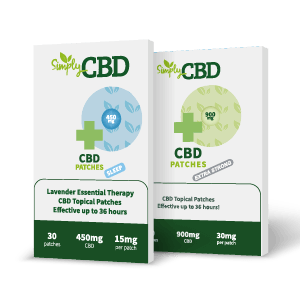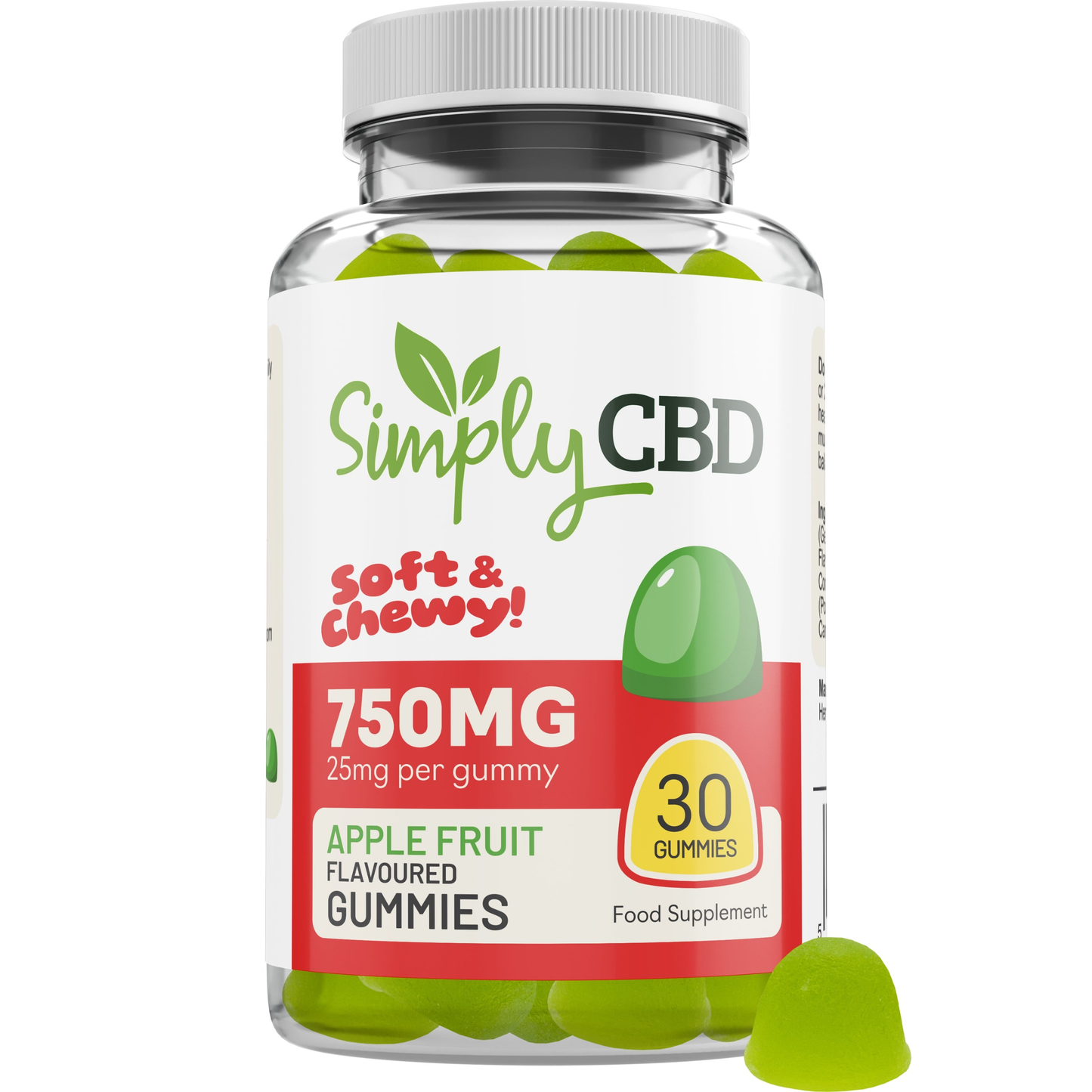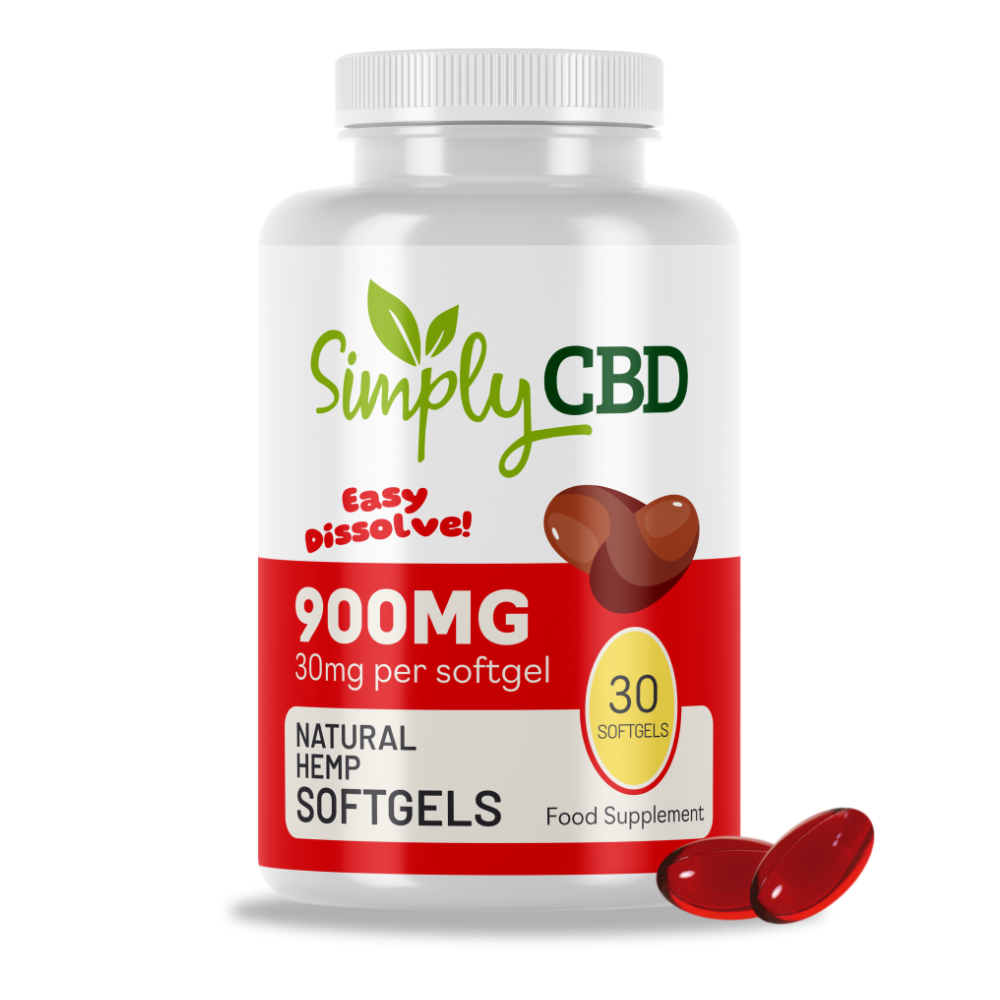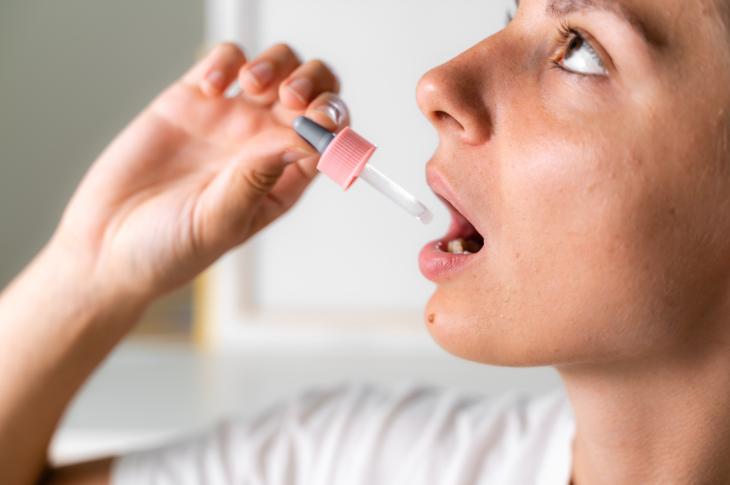
When first starting out with CBD, some users find it difficult to achieve the results they’re looking for. This can happen for various reasons, such as product type, cannabinoid profile, usage habits, dose, and many other factors. The good news is that in most cases, some slight adjustments to a user’s CBD routine can put them on the right track and help them achieve their desired results. This article covers five ways for users to switch up their approach and get the most out of their CBD products.
1. Start slow and slowly grow
When users first start out with CBD, many are tempted to jump straight into a high dose as they believe it will provide faster results. In reality, this approach is not beneficial and can actually cause adverse effects. Instead, users should follow the golden rule of CBD, which is to start low and slowly grow. This rule stems from the fact that the body’s endocannabinoid system (ECS) needs time to wake up and respond to CBD entering the body.
Overloading the ECS is what often leads to unsuccessful attempts at achieving desired results with CBD. Building up slowly allows the body time to get used to CBD while users find their sweet spot, which is the dose that produces desired results. Everyone’s sweet spot is different and unique to them, which is why the building-up process is so crucial for success with CBD products.
The building-up process
As an example, if a user is just starting out on their journey and wants to use a CBD oil product, we would recommend starting with one of our low-strength options. Our Light, Green, and Liquid Gold oils are all great starter products. We’d then advise taking one drop three times per day for the first week of use (one in the morning, one in the afternoon, and one at night).
Users can then build up by adding one drop per interval per week. Following this method, users would take two drops in the morning, two in the afternoon, and two at night on the second week. They can then continue building up in this way until they find their sweet spot. At this point, they should stop building, as the results typically get stronger over time with consistent use. Users who take a higher dose after finding their sweet spot are likely to feel adverse effects and diminished positive results.
2. Try a different product type
There are plenty of ways to use CBD, so all is not lost if one type of product doesn’t help a user achieve their desired results. Everyone’s body reacts differently to CBD, which means the most suitable and effective product type can vary greatly between individuals. Factors like usage habits and desired results can help determine the right product for each user.
Usage habits
It’s extremely important for users to find a product that fits into their lifestyle and routine. As an example, products like oils and gummies typically need to be taken multiple times thought the day to maintain their effects. If users regularly forget or are too busy to top up their dose, they may feel that the CBD isn’t working. In this instance, a convenient and long-lasting option, like CBD patches, may be more suitable and provide the results they’re looking for. This is because a single patch can last for up to 36 hours without the need for a top-up dose. Another example is those who don’t like the taste of CBD oils. These users may become reluctant to take their dose or not take it properly, which hinders the CBD from taking effect. Tasteless water-soluble CBD is a great replacement option in this case.
Desired results
It’s important for users to consider what they want out of a CBD product before getting started. For example, a user isn’t going to achieve overall wellness support by only using a CBD balm or salve. This is because these products don’t enter the bloodstream and are specifically designed to provide localised, targeted support. Therefore, to achieve a more holistic experience, choosing a product that can have further reaching results like oils, tablets, gummies, and patches would be more suitable. It can take some trial and error for users to work out exactly which type of product works best, but knowing what they’re looking for helps narrow it down and simplifies this process.

3. Try a different CBD profile
There are three different CBD profiles that users can choose from. CBD isolate refers to products that contain only CBD from the hemp plant. This means there are no other cannabinoids, terpenes, flavonoids, or other plant compounds present, even in trace amounts. Broad spectrum CBD refers to products that contain CBD and a range of other cannabinoids and compounds from hemp, but no THC. For reference, THC is the compound that can cause a high when consumed in large quantities. Full spectrum CBD products contain CBD and all of the other cannabinoids and compounds from hemp, including trace amounts of THC. In the UK, legal full spectrum CBD products can contain up to 0.2% THC, which is not enough to ever cause a high or any other intoxicating effects.
The right cannabinoid profile for each user can vary depending on multiple factors. For this reason, it can take some trial and error before working out which one is the best fit. Full spectrum products typically provide the most well-rounded results due to a phenomenon known as the entourage effect. This is the theory that CBD products are more effective when they allow all of the cannabinoids and compounds in hemp to work together. This concept also applies to broad spectrum products, but to a lesser degree due to the lower number of additional cannabinoids and compounds present.
CBD isolate products do not produce the entourage effect, but that doesn’t mean they’re not effective. The main ingredient in all of these options is always CBD. However, the difference between them is significant enough to produce different results, so it’s worth testing a new cannabinoid profile if another isn't working out as intended.
4. Ensure the products are from a reliable source
There are countless CBD sellers across the UK with more popping up all the time due to the evergrowing popularity of CBD products. However, not every seller is reliable. Some products may not contain what they claim to, which could explain the lack of benefits and desired results despite correct use. Luckily, there are some key markers of a reliable CBD supplier to look out for. Users should ask themselves the following questions before purchasing from a new CBD supplier:
- Is this product third-party lab tested, and are the test results publicly available?
Reliable suppliers will make their products’ lab test results publicly available. Any suppliers without lab reports or those that will only provide a report after a purchase has been made should raise red flags.
- Does the label and/or online listing clearly state the product’s ingredients and strength?
Transparency regarding a product's ingredients and strength, which can be verified by lab reports, is an important part of identifying a reliable supplier.
- Is the product priced fairly?
Some brands choose to gauge prices and take advantage of consumers. CBD products should be priced fairly based on their type, size, cannabinoid profile, and strength. Comparing prices per mg of CBD across brands and products can help consumers identify fair prices.
- Does this product and/or the brand selling it have multiple verified positive reviews?
Verified customer reviews are a great way to find out what to expect when buying from a CBD retailer. Take note of both positive and negative feedback and proceed accordingly.
- Does this brand make any medical claims or engage in any other unethical marketing activities?
CBD brands in the UK, by law, cannot make any medical claims about their products. Any supplier that chooses to break this or any other marketing rules should raise red flags.
- Is this brand on the FSA novel food list?
5. Be patient
When people first start using CBD, many expect that their first dose should provide their desired results immediately. If this doesn’t happen, some people take this to mean that CBD doesn’t work for them. While it’s true that some users feel benefits within hours of their first dose, for others it can take up to eight weeks to start feeling any results at all. This is another reason why the start low and slowly grow rule mentioned above is so important. The first eight weeks of use is typically a trial end error period when users work out the product(s), dose, and usage frequency that works best for their needs.
Key takeaways
Here are the key points to remember about making the most of CBD:
- Users should start with a low dose and slowly build up as needed until they find their CBD sweet spot.
- Taking too much CBD too quickly can cause adverse effects and diminished results.
- Trying out new product types that may better suit a user’s preferences, lifestyle, routine, and usage habits can help boost positive results.
- Users can try different cannabinoid profiles to find what works best for them.
- It’s important to ensure the CBD supplier and their products are reliable as some products on the market don’t contain what they claim to.
- Patience is key with CBD as it can take up to eight weeks to start feeling initial results.





